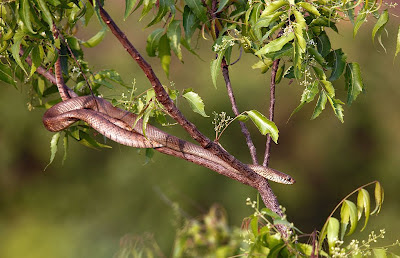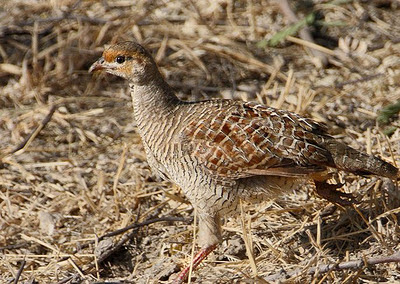A Rat Snake is usually resident either inside my home or somewhere in my garden. Previously I had a long term resident living behind my bedroom almirah. However nowadays, our current Rat Snake has made a comfortable home underneath the verandah.
| Rat Snake in Garden Bamboo |
A Rat Snake is usually resident either inside my home or somewhere in my garden. Previously I had a long term resident living behind my bedroom almirah. However nowadays, our current Rat Snake has made a comfortable home underneath the verandah.
| Rat Snake resident winding around its Kingdom! |
Rat snakes are medium to large constrictors. They feed primarily on rodents and birds and, with some species exceeding 3 metres (10 feet), they can occupy top levels of some food chains. Rat snakes pose no threat to humans.
 |
| File Photo of Rat Snake |
This snake was long thought to be completely nonvenomous, but recent studies have shown that some Old World species do possess small amounts of venom (amounts so small as to be negligible to humans).























































